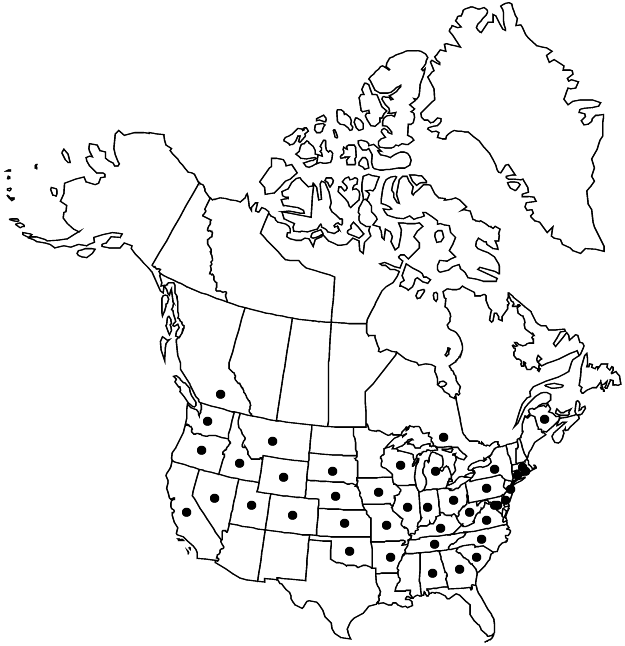Holosteum umbellatum
Sp. Pl. 1: 88. 1753.
Distribution

B.C., N.B., Ont., Ala., Ark., Calif., Colo., Conn., D.C., Del., Ga., Idaho, Ill., Ind., Iowa, Kans., Ky., Mass., Md., Mich., Mo., Mont., N.C., N.J., N.Y., Nebr., Nev., Ohio, Okla., Oreg., Pa., R.I., S.C., S.Dak., Tenn., Utah, Va., W.Va., Wash., Wis., Wyo., Europe (e Mediterranean), c, sw Asia, Africa (Mediterranean region), introduced in South America (Argentina), w Europe, Africa (Republic of South Africa).
Discussion
Subspecies 5 (1 in the flora).
L. H. Shinners (1965) demonstrated that Holosteum umbellatum has been introduced in North America on several occasions. Collections from northeastern North America are mainly older ones from very localized populations, the first from near Lancaster, Pennsylvania, in 1856. Reports from the central United States show its occurrence there in several states in the 1940s, spreading rapidly along roadsides, railroads, and other calcareous sites. M. L. Fernald (1943f) suggested that H. umbellatum may have been spread as a contaminant in grass seed sown after highway construction in Virginia (see 34.2. Petrorhagia prolifera and 34.4. P. dubia for similar cases). The first collection from the western United States was made in 1926 and the species has since spread to various disturbed sites in the Pacific Northwest. Several plants in two recent collections from Oregon (e.g., Joyal 463, OSC) are infected with an ovary smut (Microbotryum sp.), the first evidence of such infection on Holosteum in North America known to us.
The early appearance and extremely brief life cycle of Holosteum umbellatum probably contribute to its being overlooked. It should be expected elsewhere in our range.
Selected References
None.